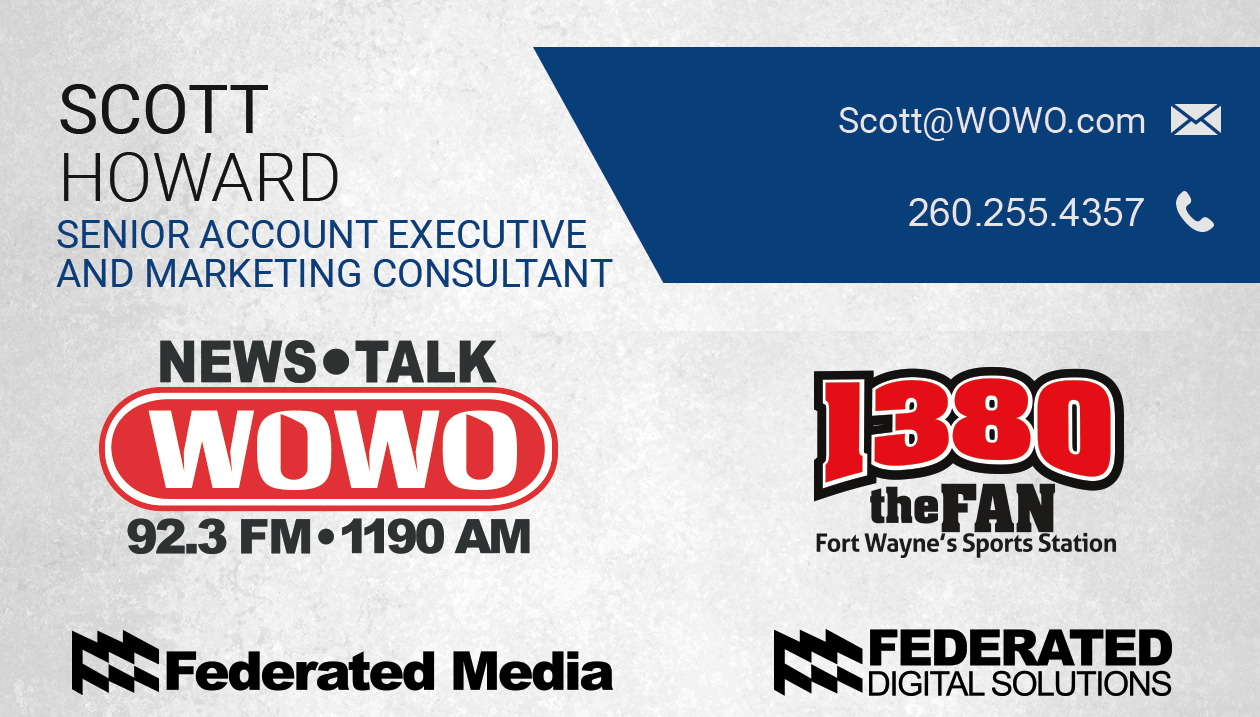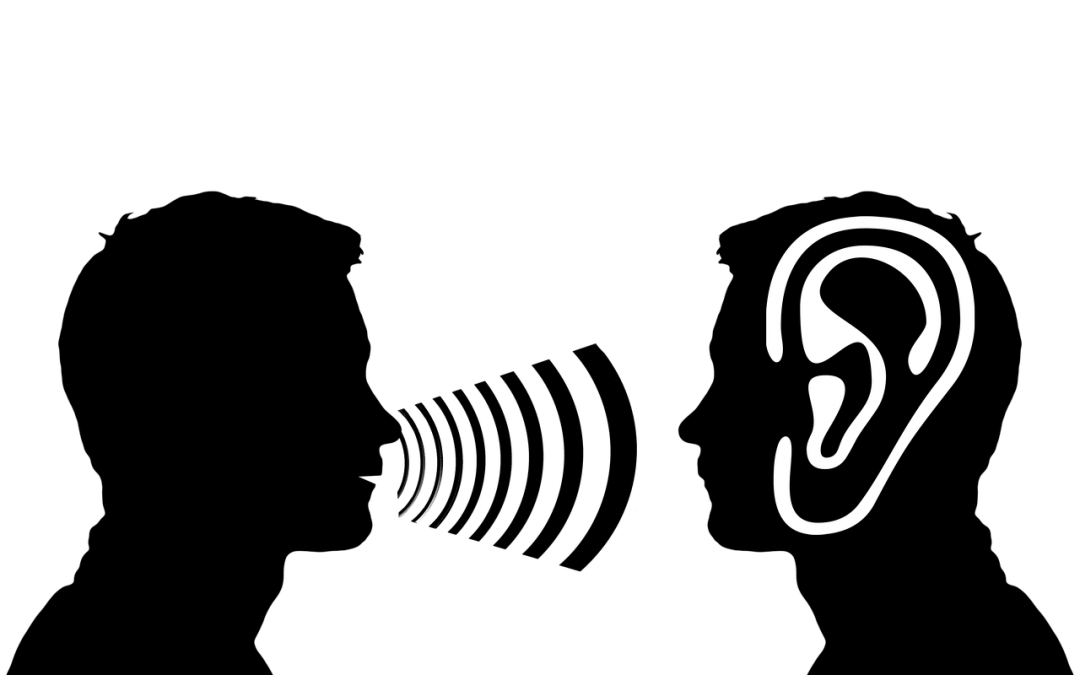
Can You Pass the ScLoHo Sniff Test?
41 is the current number. What does that mean?
41 is the current number of WOWO advertisers that I have spent money with in the dozen years I have been at WOWO radio or before at other stations I’ve worked at in Fort Wayne the past 23 years.
Close to 30 of those 41 businesses I work with personally.
I titled this article, Can You Pass The ScLoHo Sniff Test? because of a couple of things.
First off, like my radio station listeners, I’m an adult consumer who has needs and buys stuff to take care of those needs.
Like many of our listeners, I decided to check out the local businesses I heard on WOWO radio when I was looking to spend money.
Current products or services that we spend money on that are connected this way include my dentist, HVAC system, car purchase and repairs, carpet cleaning, nutritional products, bedding, bathroom remodeling, financial planning, funeral stuff, food, gas stations, and charity giving to name a few of the 40 plus.
Because of the way I go about the process of helping businesses become advertisers, I get to know what makes them tick and I gain insight into the behind the scenes stuff of their business. I want to know their “Why” they do what they do, not just because I want them to spend money with me.
Actually that brings me to the second part.
Not all business people I meet pass my sniff test. Every once in awhile I find businesses that are not as honest and ethical as I think they should be. As a result, I don’t put them on the radio.
I only want to work with businesses that I feel good about doing business with and/or referring to family and friends. That’s the ScLoHo Sniff Test.
I’m planning on an ongoing, long term business relationship with the business people I work with and I want them to have similar values that I have, to be honest and trustworthy.
There have been a couple of times that I “fired” a client. One was a mortgage company that I discovered was taking advantage of the no-doc rules that led to the 2008 banking crisis. I overheard a conversation of one of his agents gathering information over the phone to process a loan and the agent said out loud, regarding the persons income, “we’re going to bump that up so you can qualify for a bigger loan.” Red Flag.
I asked the owner of the mortgage company about what I heard and he said, “yes, that’s what everyone does.”. His contract with my radio station was up at the end of the month and I did not renew him.
What about you and your business? Do you think you can pass my test? Let’s connect and find out.
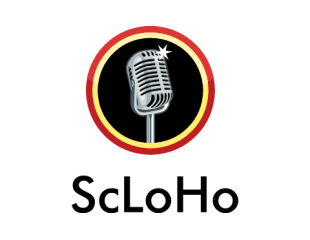
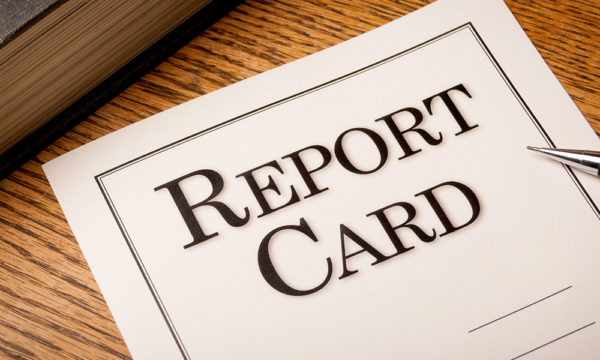
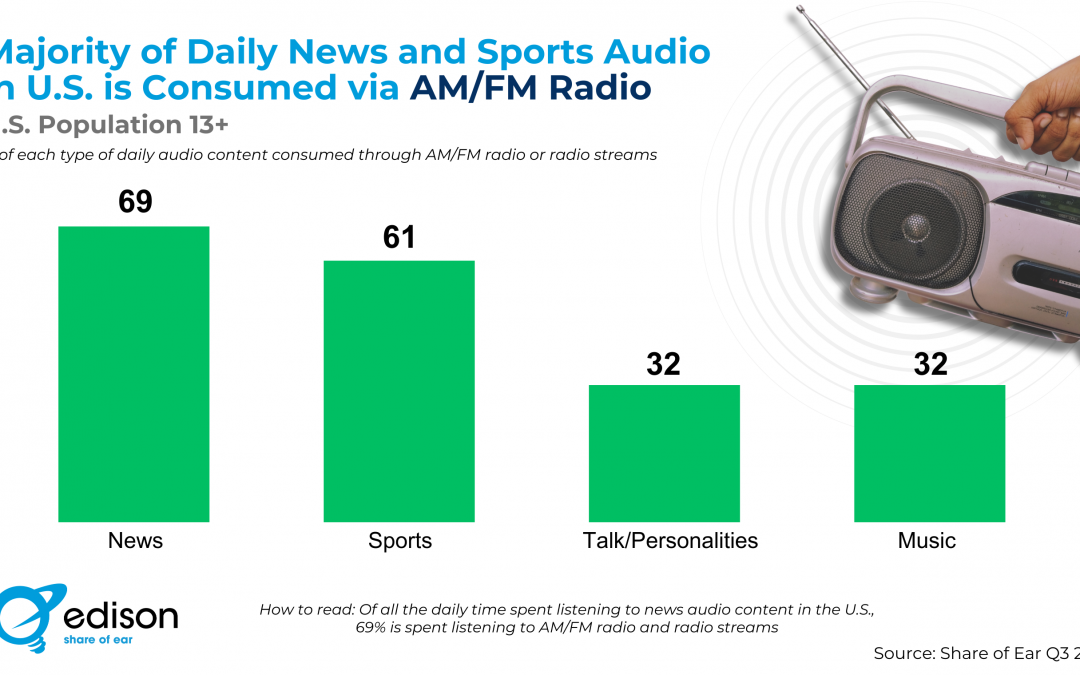
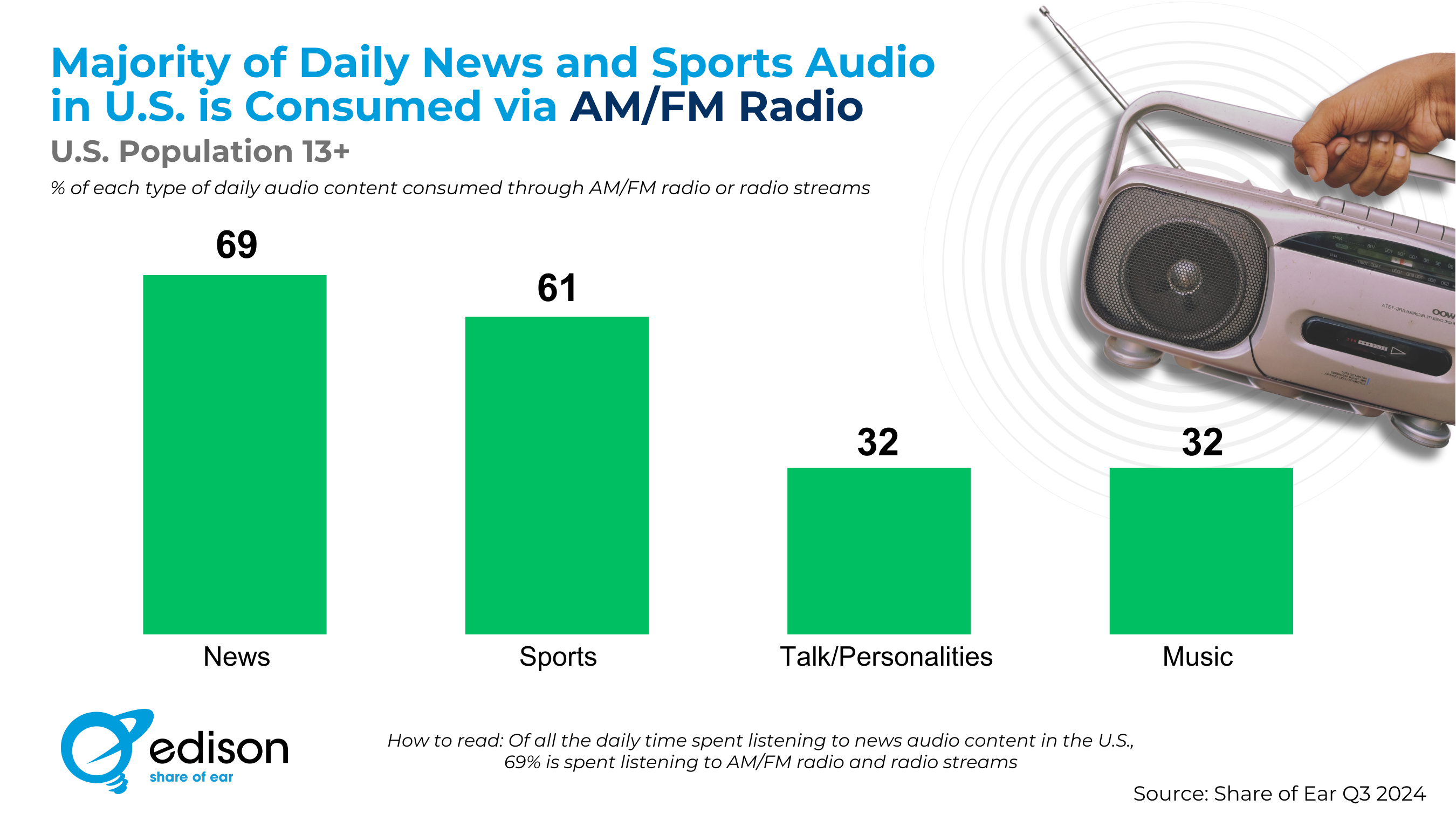 For businesses looking to invite local consumers to be their customers, the talk radio formats are huge. This year I officially represent both News Talk WOWO radio and also our Sports Talk radio station, 1380 The Fan.
For businesses looking to invite local consumers to be their customers, the talk radio formats are huge. This year I officially represent both News Talk WOWO radio and also our Sports Talk radio station, 1380 The Fan.